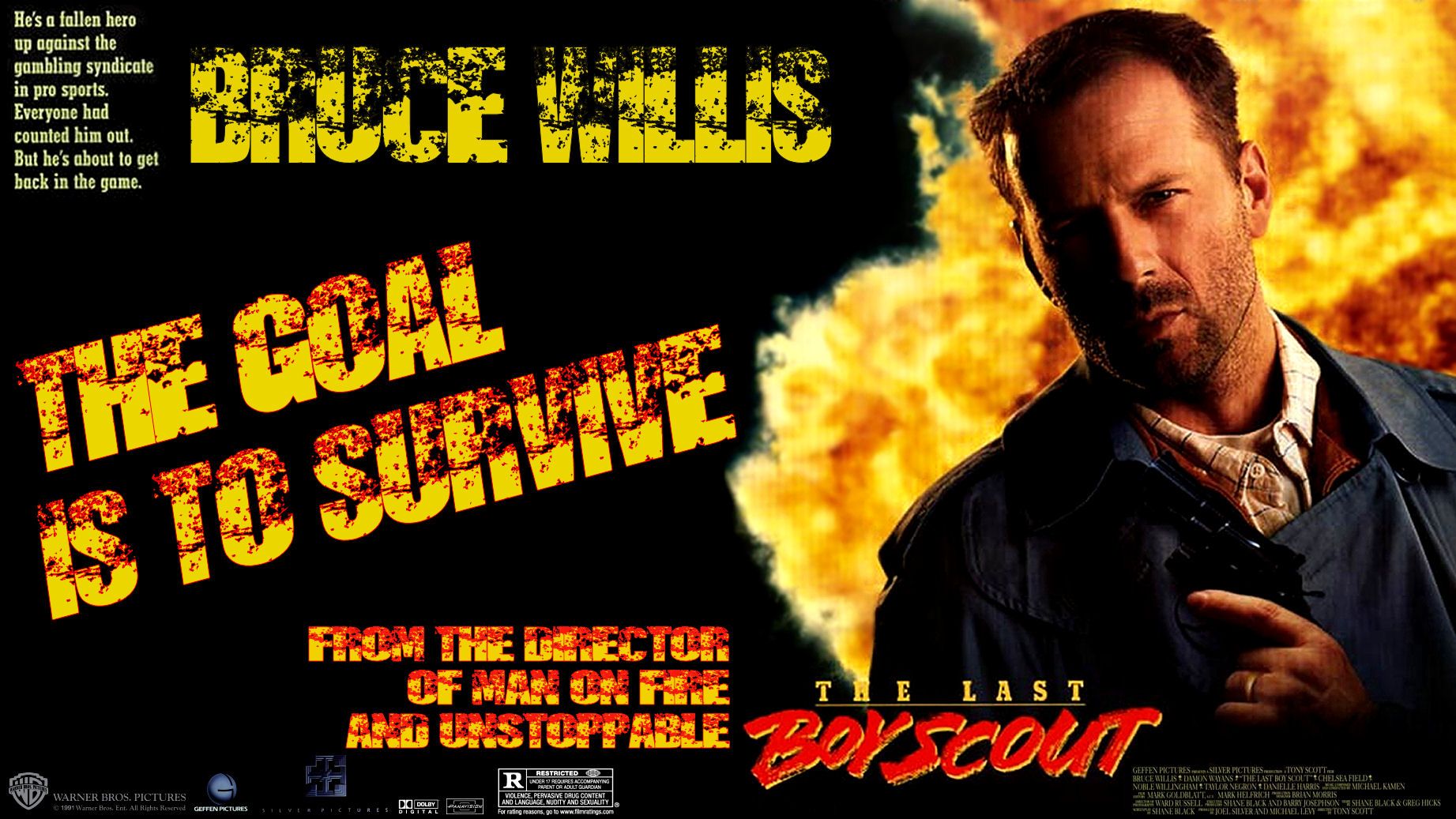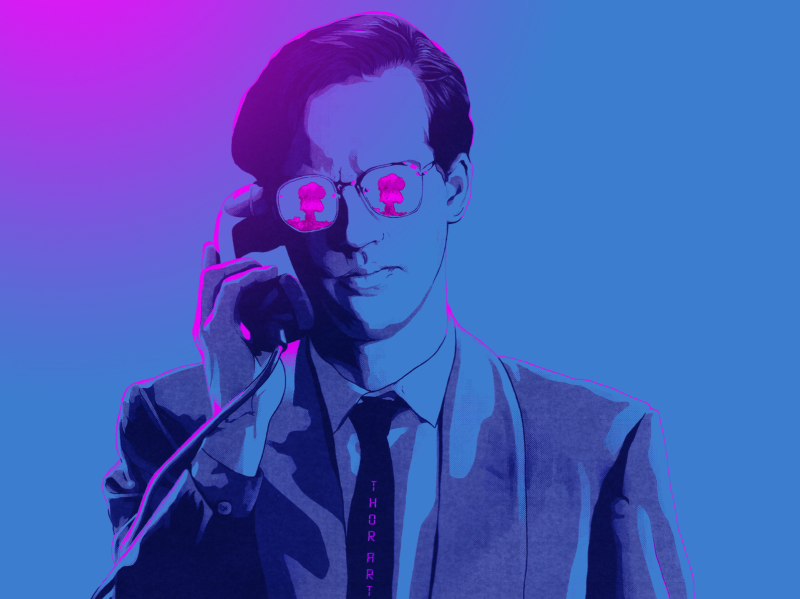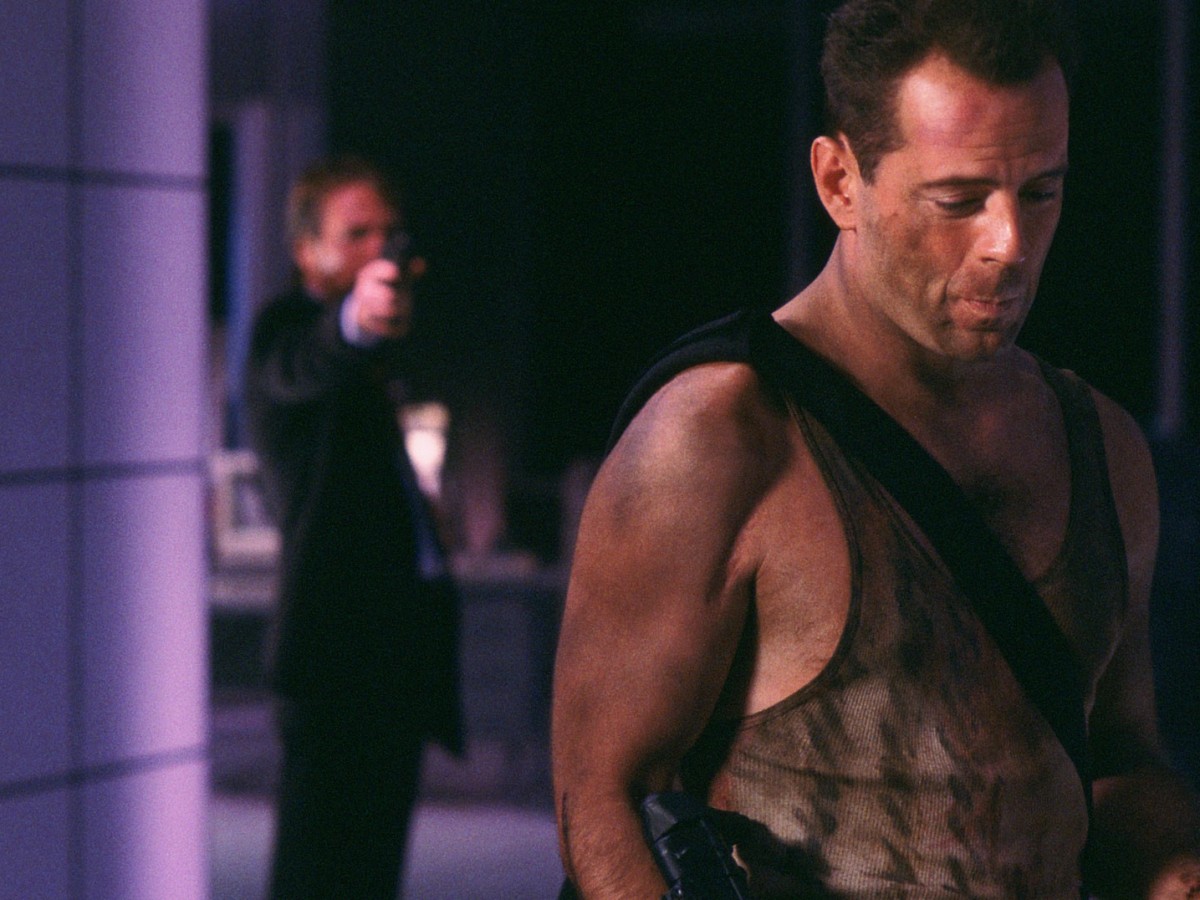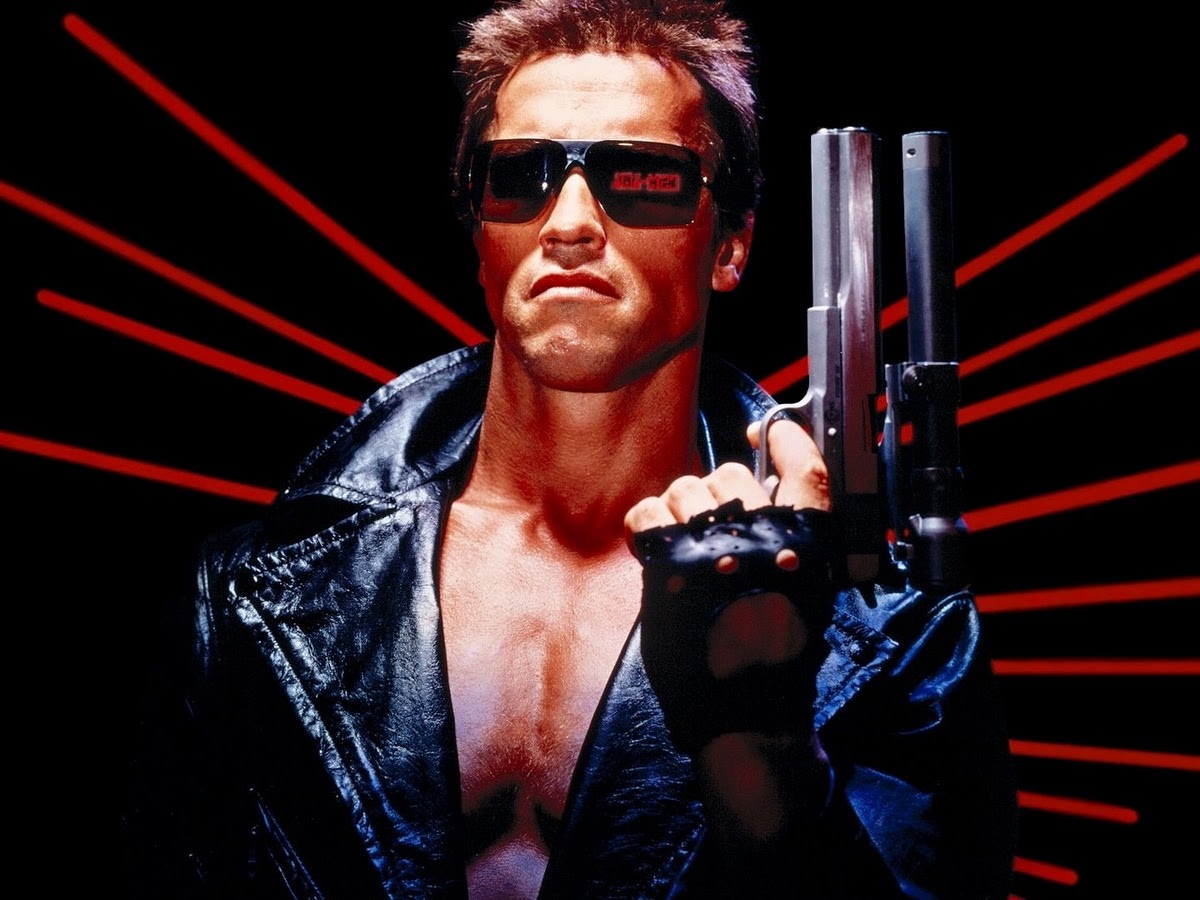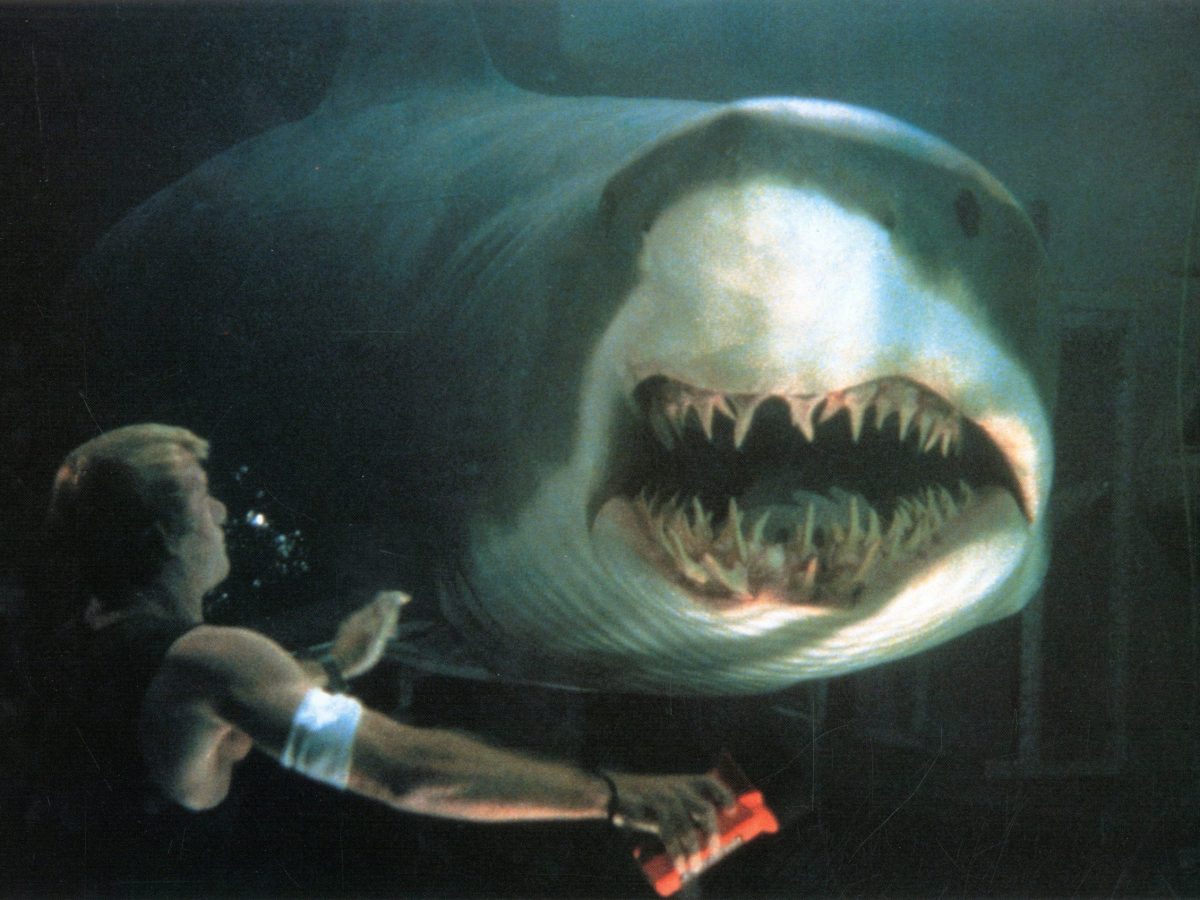
Who killed The Last Boy Scout? VHS Revival digs deep in a production marred by ego
In 1991, Tony Scott would decide, following the excesses of his Tom Cruise racing car movie, Days of Thunder, that a return to action cinema was the best foot forward. Teaming up with producer Joel Silver for the first and last time, hot property screenwriter Shane Black, and Bruce Willis off the back of super-flop Hudson Hawk, Scott set out to make The Last Boy Scout, a hard-boiled action movie set in L.A. that would take the odd couple crime movie musings of Black to sardonic new heights.
The Last Boy Scout started out with the working title Die Hard in the mid 80s when Black originally pitched the idea to Silver whilst they were working on Lethal Weapon. Silver liked the title so much he decided to appropriate it for the John McTiernan action movie classic released in 1988, whose original title had been that of the 1979 pulp thriller Nothing Lasts Forever by Roderick Thorpe, upon which the film was based.
The script was refined by Black during a particularly grim period of his life following a bad break up, a family illness, his negative experience of being dumped off the Lethal Weapon sequel, and a period of heavy introspection during which, by his own admission, he spent lots of time ‘smoking cigarettes and reading paperbacks,’ partying and questioning his capabilities as a writer.
Black would eventually channel the sourness he accumulated during this period into the pulpy crime yarn that would become The Last Boy Scout. The film would feature a projection of Black’s percolating cynicism and self-loathing in the shape of self-destructing booze hound and perennial failure Joe Hallenbeck. Hallenbeck was eventually played by Bruce Willis after first choice Jack Nicholson proved a no-go. Off the back of his John McClane persona, Willis was rapidly becoming the go-to guy for rumpled, world weary everyman action characters.

As a therapeutic experience, writing The Last Boy Scout proved entirely cathartic for Black. It also proved lucrative, since his efforts were rewarded with a paycheque of $1,750,000, the most any screenwriter had been paid for a spec script at the time. It could have been more if he’d accepted an alternative offer from independent filmmaking behemoth, Carolco. However, Black declined, opting to work with Joel Silver again, stating that ‘there’s an expression that the Satan you know is better than the Satan you don’t.’
Sure, sure, I know… it just happened. Coulda happened to anybody. It was an accident, right? You tripped, slipped on the floor and accidentally stuck your dick in my wife. “Whoops! I’m so sorry, Mrs. H. I guess this just isn’t my week.”
Joe Hallenbeck
Joel Silver’s Satan, in this instance, turned out to be controlling and over involved. Silver would insist, along with Warner Bros, that a number of script changes be implemented to render the film more agreeable. As a result, a series of extensive re-writes were completed to smooth the jagged edges of Black’s deviant creative choices and boost the film’s consumer palatability at the tail end of the bigger-is-better action movie’s golden age. These included the addition of an implausibly OTT sequence in a football stadium in place of a boat chase for the film’s climax, the jettisoning of a dark subplot involving hitman Milo, who in the original script had a side-line producing snuff movies; the culling of a brutal scene in which Milo reputedly rubbed out an entire family just for showing up near to where criminals were conducting a meeting, and cutbacks in the narrative presence of Hallenbeck’s wife, who was more involved in the original script, but was written out at the request of Willis, who was worried about similarities between his new film and Die Hard.
Production commenced on March 11th, 1991 and ran for 90 days. However, it was far from being an enjoyable shoot. The combined egos of Willis, Wayans, Scott, Black and Silver were not conducive to a collaborative working partnership. Bruce Willis didn’t get on with Damon Wayans and vice versa and fell out with Silver during the course of production. Scott, meanwhile, in a bubbling vat of toxic masculinity, was forced to assume a siege mentality to ensure the film’s completion. As Silver and increasingly Willis combined forces to assume control over the shoot and bully Scott into doing their bidding on pain of being fired, Scott found himself scrambling to remain an employee.
Ultimately, relations were so bad that Scott never worked with Silver again. In his subsequent adaptation of Quentin Tarantino’s outlaws-on-the-lam-flick, True Romance, Scott would base horrible cocaine hoovering film producer Lee Donowitz on Silver as a kind of cinematic payback. For his own part Silver noted that making the film was one of the three worst experiences of his life. Not only did it derail his partnership with Scott before it could gather pace, it also put paid to his working relationship with Willis, whose star Silver helped ignite via the original Die Hard.

After multiple script changes, an incident involving rioting extras, on-set feuding and difficulties in post-production with the editing team struggling to assemble a working print from the acres of footage Scott shot for the film, The Last Boy Scout was discharged into cinemas. Despite grossing $114,500,000 worldwide against an initial budget of $43,000,000, the film was considered a flop. Additionally, it received generally lukewarm reviews from critics, who cited the release of a masochistic, misogynistic swear fest during the festive season as a possible reason for its relative failure. Irrespective of its theatrical underperformance, the film would go on to be a big hit on VHS and would gather a cult following in subsequent years amongst fans of 80s/90s action cinema in thrall to Tony Scott’s back catalogue and the knowingly subversive buddy flicks of writer, Shane Black.
The Last Boy Scout commences with an opening credits sequence sound-tracked by Bill Medley sporting a cheesy 80s pop mullet and singing Friday Night’s a Great Night for Football. From there, contrastingly, the action moves to game night, taking place in the flinging down rain in Cleveland, which has the look of a battlefield in a war zone as opposed to a sports arena during a ball game. Billy Cole, a star running back for the L.A. Stallions receives a call in the locker room at half time. The person calling, who identifies himself as Milo, advises Billy to start scoring touchdowns by any means necessary. Billy, under threat from Milo, takes matters into his own hands. He pops some pills, makes his way back onto the pitch, catches a pass from his team-mate and makes a bid to score a touchdown. However, unconvinced he will make it to the endzone, he pulls a gun out and starts shooting his way to glory. Once there, he takes the knee, places the gun against his head, pulls the trigger and falls down dead.
Cut to an extremely sultry looking L.A. and Joe Hallenbeck (Bruce Willis), former secret-service hero turned chain-smoking misanthropic PI, passed out in his shitty car being pranked by a bunch of kids. Hallenbeck is a loser. He takes bum jobs for spare change, spouts a litany of misogynist one-liners, treats his wife and daughter like shit and neglects his personal hygiene. When his erstwhile partner Mike gets himself blown up after Hallenbeck catches him having an affair with his wife, Hallenbeck, along with disgraced former pro-footballer Jimmy Dix, gets himself tangled up in a case Mike assigned to Joe prior to being detonated, involving sports gambling, drugs, gun toting hand puppets, blackmail, political corruption, and murder most foul.
You think you’re so fuckin’ cool, don’t you? You think you’re so fuckin’ cool. Well just once, I would like to hear you scream, in pain.
Milo
The Last Boy Scout, like a lot of Black’s subsequent scripts, was born out of the success of Lethal Weapon. It would even go so far as to feature scenes that were originally scripted for the Richard Donner film, not to mention one in which Hallenbeck’s daughter is noted to be watching Lethal Weapon on TV at the Hallenbeck home. The notorious palm/nose/brain scene in which Hallenbeck disposes of a goon with a single well-aimed blow to the face was originally scripted for Lethal Weapon. The scene in which Dix and Hallenbeck ponder the relative merits of a $650 pair of men’s pants was also culled from Lethal Weapon, in which the dialogue originally took place between Murtaugh and his daughter and featured a dress as opposed to a pair of expensive trousers.

Comparable in both form and substance, The Last Boy Scout plays like a seedier facsimile of the Donner movie. The similarities between the two are indisputable. Both films are buddy movies featuring individuals from culturally diverse backgrounds teaming up to do battle against crime. Both films are set at Christmas, though less obviously so in The Last Boy Scout. Both are exceedingly violent and feature outrageously staged action sequences. Both feature dead female characters as jumping off points for the main narrative. Snappy dialogue is a prominent feature of both movies. Both movies owe a not inconsiderable debt to the crime films of Hollywood’s golden age.
Whereas Lethal Weapon was a newly minted hardcore flick that gleefully celebrated the era’s penchant for perpetual motion, The Last Boy Scout was unabashedly nostalgic. It was also deeply pessimistic. Lethal Weapon featured Danny Glover’s endearing family unit as a focal point for audience sympathy whereas The Last Boy Scout was decidedly lacking when it came to endearing characters. One suspects this was entirely intentional on the part of Black since the nihilistic stance the movie adopted aligned it more closely with the morally ambiguous universe of classic noir. It also allowed Black to play around in an ethically uncertain sandbox, where the heroes are as compromised by tragedy and uncertainty as the villains are by the corrupting influence of power.
The Last Boy Scout is a contemptuous shotgun blast in the face of The American Dream. The film depicts The American Dream as a venal ideal presided over by corrupt, sexually deviant politicians, bloated corporate overlords and sociopathic middlemen. The good guys in this particular iteration of Black’s America are a morally compromised assortment of alcoholics and pill poppers. The few women allowed screen-time are reduced to stripper/whore archetypes (Dix’s girlfriend Cory), penitent adulterous spouses seeking validation (Hallenbeck’s wife), or sexualised abuse victims being gratuitously exploited. Even the child co-star, a mainstay of many Shane Black scripts, is a foul mouthed and emotionally dysfunctional teen. As a direct consequence of her loser dad’s unconventional parenting style she cusses and bellows her way through the movie, providing the film’s singular link to the festive season in the shape of a violent illustration of Satan Claus holding a severed head, dripping with gore.

In order to serve Black’s script, which in this instance was more at home in the seedy gutters of traditional L.A Noir staples than the high-octane gun porn environs of adrenalized, late 80s action cinema, Scott would dial down the raucous flamboyance he’d mastered working on a slew of Bruckheimer/Simpson productions following 1982’s vampire arthouse anomaly, The Hunger. Whilst The Last Boy Scout is bookended by the sort of muscular, rapidly edited, ostentatious action set-pieces Scott pioneered via his work on Top Gun and Beverly Hills Cop 2, in the case of The Last Boy Scout, Scott would allow space for the film’s sleazy, smoky, and exceedingly smart-mouthed sensibilities to win through.
Integral to achieving this was the film’s visual aesthetic, which was required to convincingly render the gutter world of lowlife detective fiction believable. The man responsible for adding the right amount of colour and creative lighting was DP Ward Russell, Scott’s Days of Thunder cinematographer and one-time Top Gun and Beverly Hills Cop 2 senior lighting technician. Russell would infuse day-time L.A. with a humid orange glow that hangs over the film’s diurnal scenes like a pall. Night-time L.A., meanwhile, would be presented as murky, smoky, rain-washed and occasionally out of focus, in keeping with the noir aesthetic of yore that The Last Boy Scout sought to emulate.
She’s like thirteen years old, and if you even look at her funny, I’m gonna stick an umbrella up your ass and open it.
Joe Hallenbeck
Ultimately, if the film had a failing, aside from its suspect treatment of the entirety of its female cast, it was its depiction of the central relationship between Dix and Hallenbeck. The Dix/Hallenbeck pairing lacked the emotional honesty of Lethal Weapon’s Rigg’s/Murtaugh dynamic, which was possibly as a result of the actors’ disdain for one another and Willis’s egocentrism, as well as being an unintended by-product of the way Black developed the characters, who are deeply flawed individuals and unsympathetic for long periods of the film.
That said, whilst Dix and Hallenbeck occasionally fail to sparkle in each other’s company, there’s no denying the fact that there are some choice interactions between the pair. As they fumble their way, via a series of shootouts, mishaps, and beatings to the film’s ludicrous quarterback-riding-a-horse, death-by-low-flying-helicopter finale, there’s no doubting they are fun to spend time with. And whilst Riggs and Murtaugh got to star in a series of increasingly comical sequels and would experience somewhat of a resurrection via the Lethal Weapon TV show, which aired from 2016 – 2019 and would star, somewhat ironically, Damon Wayans in the Danny Glover role of Murtaugh, The Last Boy Scout would experience its own afterlife in the shape of Edgar Wright’s Hot Fuzz. Wright, who would cite the film as one of many influences on his home counties send up of buddy cop action standards, referred to the film as ‘an action thriller framed by flaming air quotes’ which is all kinds of flattering when you really stop to think about it.

The Last Boy Scout may have disappointed at the box office but it certainly resuscitated Willis’ career following the cataclysmic Hudson Hawk. It also propelled former Saturday Night Live comedian Damon Wayans into the spotlight, though he would fall off the cinematic radar in subsequent years, preferring to spend time on the small screen in shows such as In Living Color and the aforementioned Lethal Weapon. Tony Scott would release one of his most memorable movies following The Last Boy Scout in True Romance. He would continue to make gutsy, star-studded action blockbusters right up until his untimely death by suicide in 2012 by jumping off the Vincent Thomas Bridge in L.A.
As for Shane Black, his experience on the movie would leave a lasting impact on him as a writer. Irritated by the need to revise his script so much, he would drop off the map following 1996’s The Long Kiss Goodnight for which he received yet another record-breaking payday, resurfacing in 2005 with directorial debut Kiss Kiss Bang Bang. Whilst maybe not the commercial success Black hoped, the film would prove a massive leap forward creatively for the director, striking the balance between witty buddy movie, L.A. noir and action cinema beautifully. Arguably, the film is Black’s most complete and satisfying movie to date, featuring his most amusing and enjoyable pairing in the shape of Robert Downey Jnr’s Harry Lockhart and Val Kilmer’s Gay Perry. Black would follow this with up with the wildly successful Iron Man 3 in 2013 and The Nice Guys in 2016, yet another wonderfully assembled action comedy noir, this time set in the 70s and featuring Ryan Gosling and Russel Crowe as incompatible down-at-heel partners, hustling to solve crime in The City of Angels.
Director: Tony Scott
Screenplay: Shane Black
Music: Michael Kamen
Cinematography: Ward Russell
Editing: Stuart Baird,
Mark Goldblatt &
Mark Helfrich




